America experiencing an epidemic of missing and murdered Indigenous women
In our country, there is an epidemic that takes the lives of Indigenous people, specifically women, and two-spirits at much higher rates than any other group. As Columbus Day passes and Americans celebrate the removal of Native Americans from their homeland, it is important to note the high rates of missing and murdered Indigenous women and two-spirits and recognize what systems are in place to keep this possible. Many Americans have closely followed the case of Gabby Petito, but what about the 710 Indigenous women who went missing in the same state as her?
Our country has a long history of harming and casting aside our Indigenous peoples, so it comes as no surprise that they go missing and stay that way at far higher rates than any other race. Indigenous people make up the smallest percentage of our population, but experience the highest percentages of violence per capita.
A study by Wyoming University found that 4 out of 5 Indigenous people experience violence, and of this violence, 97% of Indigenous women and 90% of Indigenous men had violence perpetrated against them by non-natives. The study also found that 20% of Indigenous people remain missing for 30 days or longer compared to the 11% of white people who remain missing for that long. You can find the report here.
The report states that only 30% of Indigenous homicide victims received media coverage compared to 51% of White victims. Media coverage is extremely important in cases of missing persons. We have all seen how fast and efficiently the police can work and people can be found when their cases are given the attention they so desperately need, like in the cases of Gabby Petitio or Jennifer Dulos. When pressure is applied, the case has the potential to gain more resources and tips from the public, so they may become closed much faster.
As well as media coverage, media portrayal of Missing and Murdered Indigenous peoples have done much harm to them as well. The Missing And Murdered Indigenous Peoples report of Wyoming states that articles about indigenous homicide victims were more likely to portray the victim in a negative light and provide less information than any other race.
An article detailing the death of an Arapaho woman named Jade Wagon contained no resources and no photos of her. The article contained a total of 290 words with a promotion in the middle. This is a stark contrast to millions of articles published daily about Gabby Petito containing interviews with police and recent photos of her.
Another factor that keeps Indigenous people missing is a distrust of police. Natives have a long history with law enforcement in the U.S; an example of this history would be the Fort Laramie Treaty. This treaty promised natives recognition of the Black Hills as sacred land, but when gold was found in these hills, settlers wasted no time taking the land as their own. To this day, police and government employees still intimidate Native folks, and surveys show that many Indigenous people do not trust the police. Because of this divide that exists on both sides, Natives tend to avoid seeking out the help of police because of past experiences where police have either done nothing or done something to them.
These obstacles create an environment where Indigenous people can go missing much more and be noticed way less. With the help of the media and cooperation of the police, we can help these numbers go down dramatically and begin to cure this country of the epidemic that harms our Native people, specifically women and two-spirits. Currently, a 62-year-old Navajo woman by the name of Ella May Begay has been missing since June 21 of this year. With the help of media and police, Ella could be found to give her family the closure they so desperately need, opening a new chapter in the lives of missing Indigenous peoples.

I am a senior in Journalism 1. I took journalism because I love to write and want to become better at writing articles.
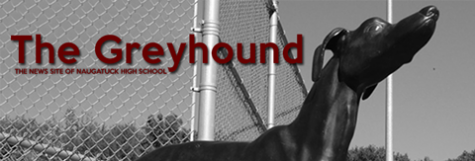
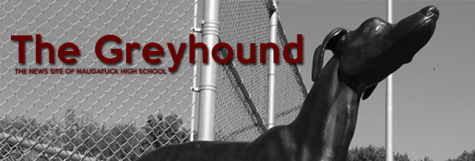
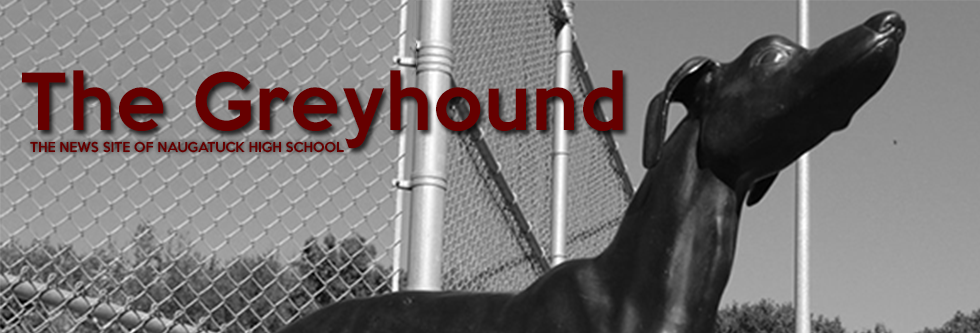
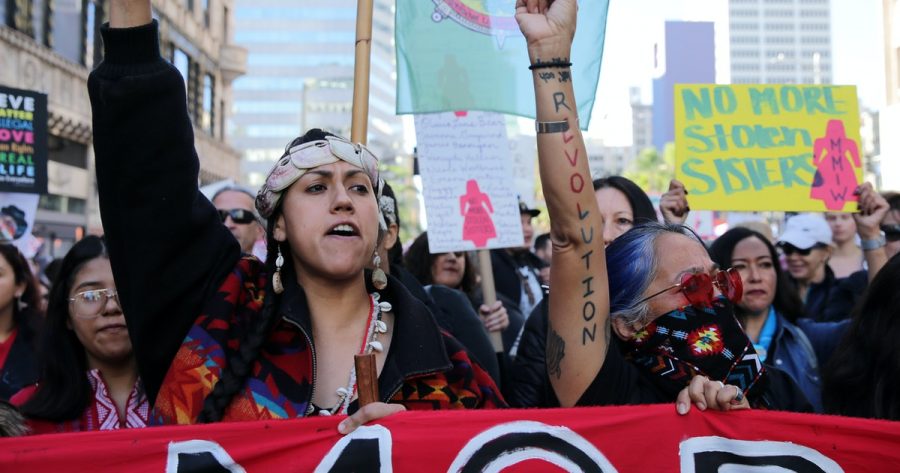
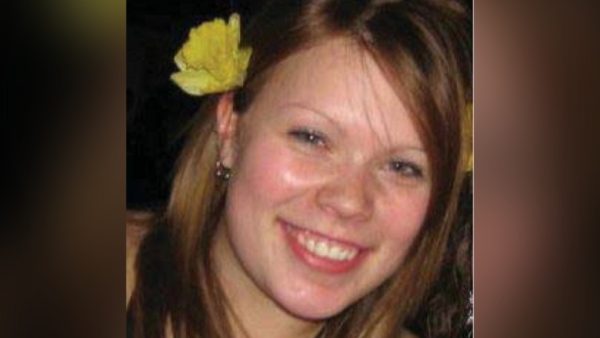
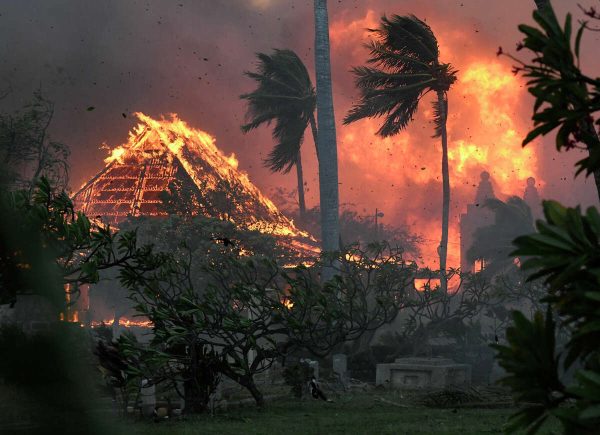
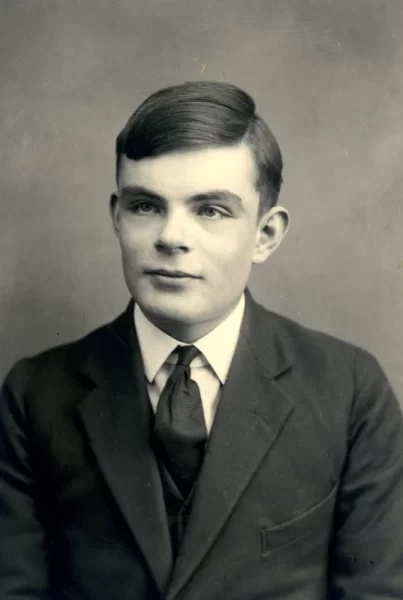
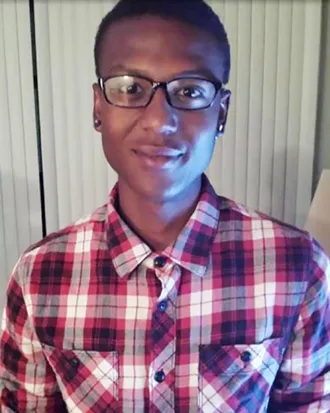

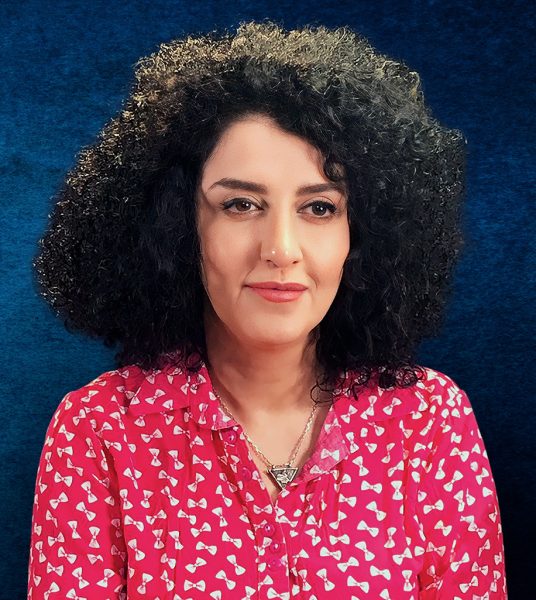
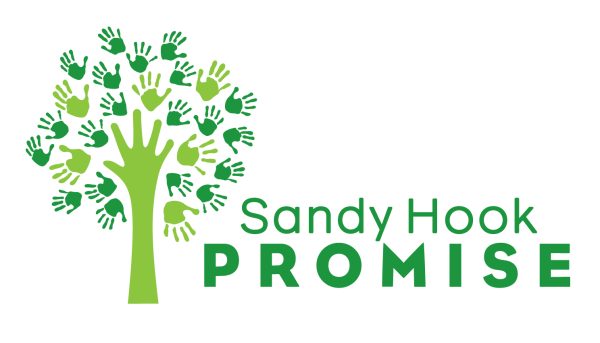
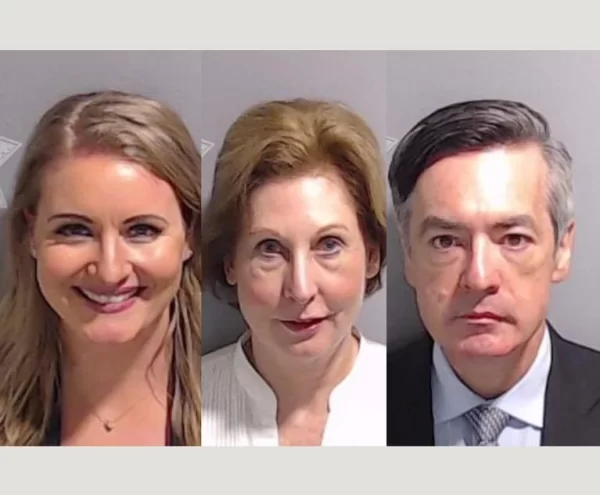
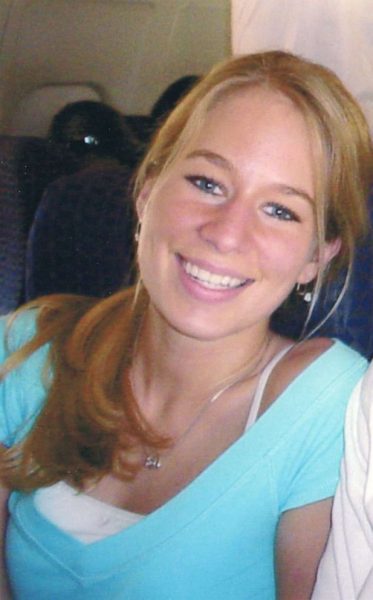
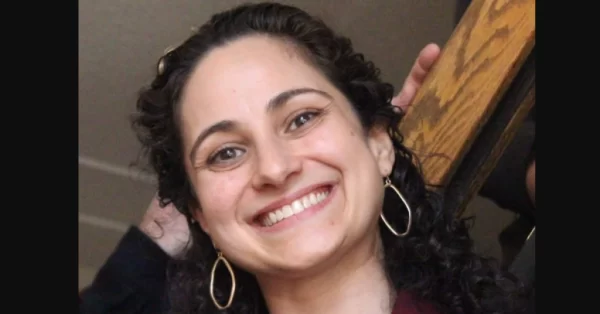
mark francisco • Nov 8, 2021 at 5:33 pm
Very sad story, nicely written. to bad that we have almost forgotten about the Indigenous people.